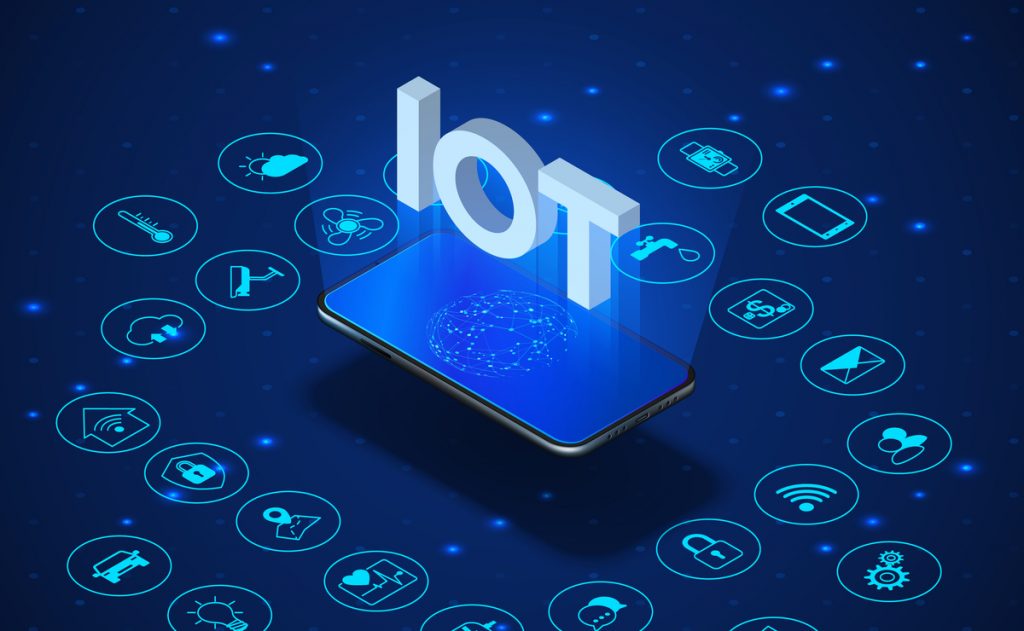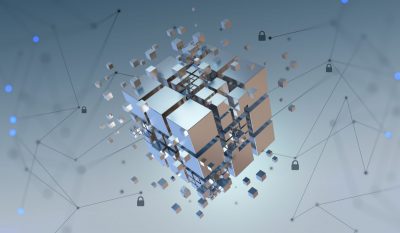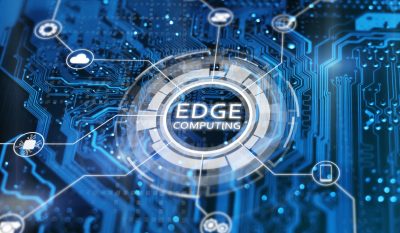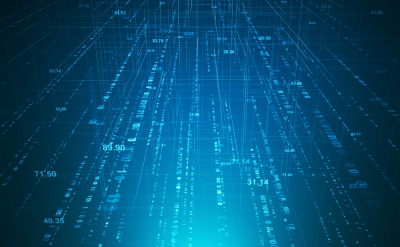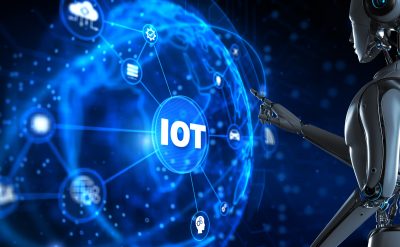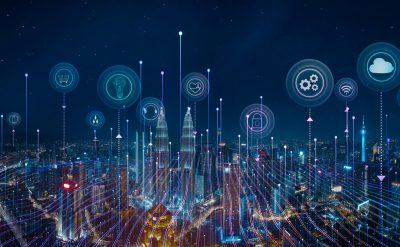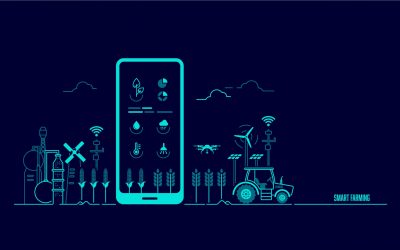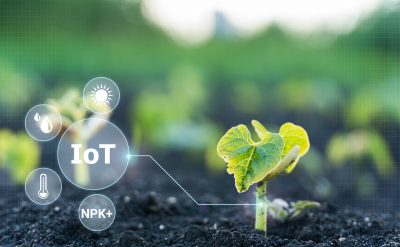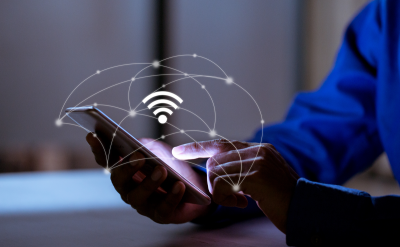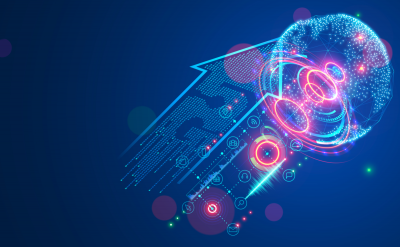Internet of Things has seen an elevation in recent times. The elevation is about the physical devices used across the world that connect to the Internet. Some have more functionalities than the rest, but they all can collect and share data in real-time. The example includes medical devices, electric meters, street lights, traffic controls, smart TVs, and digital assistants such as Amazon Alexa and Google Home.
As per industry analysis, it is estimated that there are already about eight million devices connected to the network and project. And it is predicted that this number will expand to more than 25 billion by 2020.
Most common examples of IoT devices
If you or people around you think that IoT devices are only about smartphones or smart home devices and intelligent gadgets, you will be limited in your thoughts. There are children toys or driverless trucks, or other larger objects filled with smaller IoT components.
The most common examples of IoT devices are smart home technologies, wearable devices, security systems, connected cars, and smart cities.
IoT can identify personal information
It is one of the most distinctive points of IoT that it collects the information’s nature. Since vehicles are also connected, one can track vehicles’ movement and how they are operated.
Also, the use of smart devices in homes reveals a great deal of information about residents’ habits and how they live their lives. Therefore, connecting the IoT devices and running predictive analysis can allow parties to infer surprising details of personal information about people and their choices. Overall, all the data that is expected about sharing information reveals about personal habits.
IoT-based sensors
Those who use the Internet every day understand that there are a series of cyberattacks bombarding these days. Viruses, worms, and malware have become too familiar aspects of the online experience, and hackers make persistent efforts to hack sensitive information.
As a remedy, IoT systems these days incorporate sensors that collect data from the physical world and subject them to an entirely new vector of attack. Considering the flood of traditional online threats, flooding of sensors can cause it to malfunction.
As IoT grew, it attracted popular applications
There are some common and popular ways in which IoT is changing consumers’ and businesses’ daily lives. You use the following IoT devices in your everyday life as consumers and entrepreneur:
- Home security cameras record environmental changes and then alert the homeowners about the same.
- Drivers make use of the GPS systems to be directed to vacant parking spots in smart cities.
- Healthcare professionals can also monitor their patient’s conditions remotely from wherever it is convenient.
- Farmers can also use sensors in a way that it will acquire data about soil and weather conditions. They can set their irrigation system to compensate for potential problems and improve revenue.
- IoT sensors can also be used for tracking natural calamities such as floods and earthquakes.
For IoT to emerge as future, it needs to overcome challenges
To emerge as a future of every industrial operation, IoT needs to move out and consider the world of underlying security issues. Though there are many devices out there in the market, it isn’t easy to agree that all manufacturers are on the same page, and their customer data is protected.
The government is stepping up by creating legislation to address these problems, but more efforts are needed for IoT to reach the highest potential.
The solution to all these problems is standardization. The manufacturers can only do one thing because they can prioritize device security and select an all-in-one platform to provide connectivity. And in the future, there will be more government interventions in the same subject resulting in the protection of devices and underlying information.
The future of IoT is impressive yet underrated
The way we use the Internet today, the same way we are going to use IoT tomorrow. The hype that surrounds IoT will not be there anymore. The consumers and business owners will come to accept it as an everyday facet of life. Future generations will see it right in their childhood and make it an intricate part of their everyday life.
IoT will go in the direction of the Internet and become incredibly impressive. For now, it is taken for granted by most people. People will not create hype around smart home technologies and industrial data analytics programs in the future.
Wrapping Up
In a nutshell, IoT has come a long way to improve the type of sensors, size and cost, and usage in some industries. Some of the consumer-related benefits of IoT were quite visible in the past. Their primary objective should not be to eradicate the problems of general life and create high-powered economic incentives.
Several changes are predicted in consumers’ and businesses’ lives as they create the need to produce better products and services and keep up with changing times. And those who haven’t stepped into this world are trying their bit to embrace IoT technology for the next innovations to come.
Don’t forget to visit our latest whitepapers on the Internet of Things.




